Brown Leghorn
$40.00
Beauty & eggs – Hens AVAILABLE – LOCAL PICK UP!
GREAT WHITE EGG LAYERS! INDEPENDENT PERSONALITIES.
Summary
Additional information
| INFO | ~History/Background The Leghorn chicken is originally from the Tuscany area of Italy. The name of Leghorn is the corrupted name of the seaport of Livorno, not too far from Florence. They were originally called Italians. How the original Leghorns came to be, no one really knows. It is most likely a product of breeding between several local fowl of the area, perhaps slightly refined by the local farmers. The Leghorns first made their way to America thanks to Captain Gates who originally brought brown Leghorns back from one of his voyages in 1852. A year later, white Leghorns were also imported to the US. They won hearts and shows in the US and were exported across the Atlantic to England. The English did not care for the skinny birds and so crossed them with the Minorca to get a plumper bird. As often seems to be the case, once a ‘standard’ is set, the breed fanciers will divide into heritage and industrial – this is the case for the Leghorn. The original Leghorn lines are in the hands of a few dedicated breeders while the majority of Leghorn chicks born nowadays are hatchery quality. ~Appearance Many folks assume that Leghorns are white – this is far from the truth as we shall see a bit later on. Leghorns have the typical Mediterranean build – a slimly built body with large wattles and combs to help them keep cool. The combs can be large and somewhat floppy or they can have a rose comb. The rose comb was a modification bred into them in the early days of their American journey. It is much better suited to the colder and harsher winters found in many northern states. The comb and wattles are red, the earlobes are white. The eyes are an orange/red color and the beak is yellow/horn colored. The skin of the bird and the shanks are yellow. Each foot will have four toes. The brown Leghorn probably has the most colorful plumage of the Leghorn family and can roughly be divided into light brown and dark brown. The ladies are a medium reddish brown with slightly darker wing coloration. The breast is a pale salmon color. Tail feathers are a darker brown tending towards black. The boys show orange hackles and saddle feathers with black stripes in the center of the feathers. It almost looks like a partridge pattern. ~Brown Leghorn Standard The variations of Leghorn were admitted to the American Poultry Association as follows: 1874 – black, brown, and white single comb As you can see there are several varieties to choose from now. The APA designation is Mediterranean class, clean-legged, single or rose combed. The standard is the same for the bantam Leghorn. The Italian Poultry Association recognizes 10 standard varieties – none of them rose comb since the original birds did not have rose combs. The weight for these birds is usually around 7 ½ lb for boys and 5-6lb for girls. Although the weight is comparable to a standard-sized hen, Leghorns are rarely suitable for table fare. Bantams weigh in at 1kg for the boys and 0.9kg for the ladies. They are not a cuddly chicken by any means. They are very active and dislike being held or restrained, although they tolerate confinement well enough as long as there are things to occupy them. The Leghorn has a reputation of being high strung, unfriendly and flighty. Much of this will depend upon the strain that you buy, but they aren’t unfriendly, just independent. They are very intelligent and resourceful birds that enjoy foraging and finding their own food. ~Eggs/broodiness Leghorns are historically one of the best laying hens in the world. They can put out 300+ eggs per year! Their eggs are white and large sized, averaging 3+ eggs per week. |
|---|---|
| AGE | STARTED HEN |
Only logged in customers who have purchased this product may leave a review.
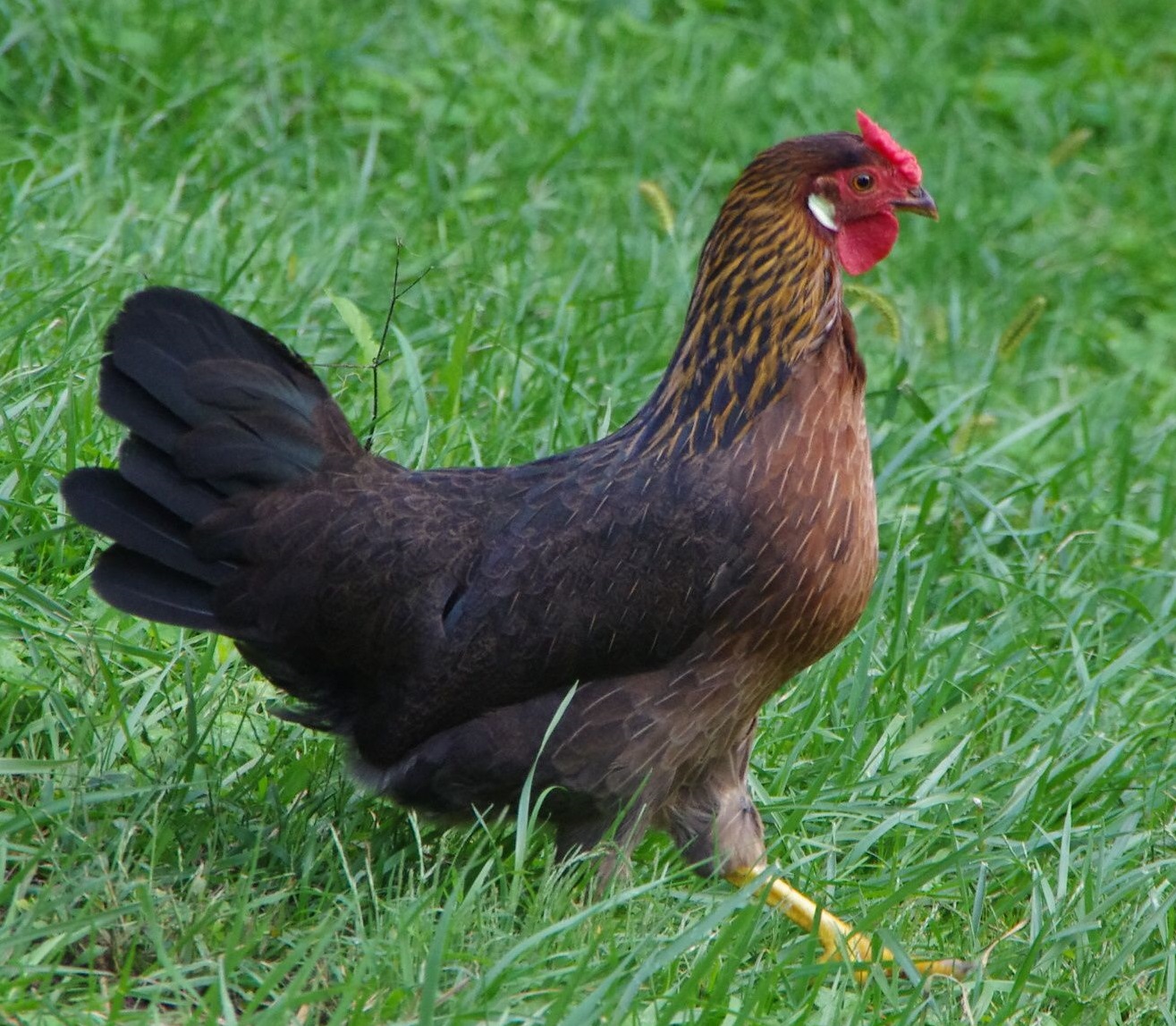

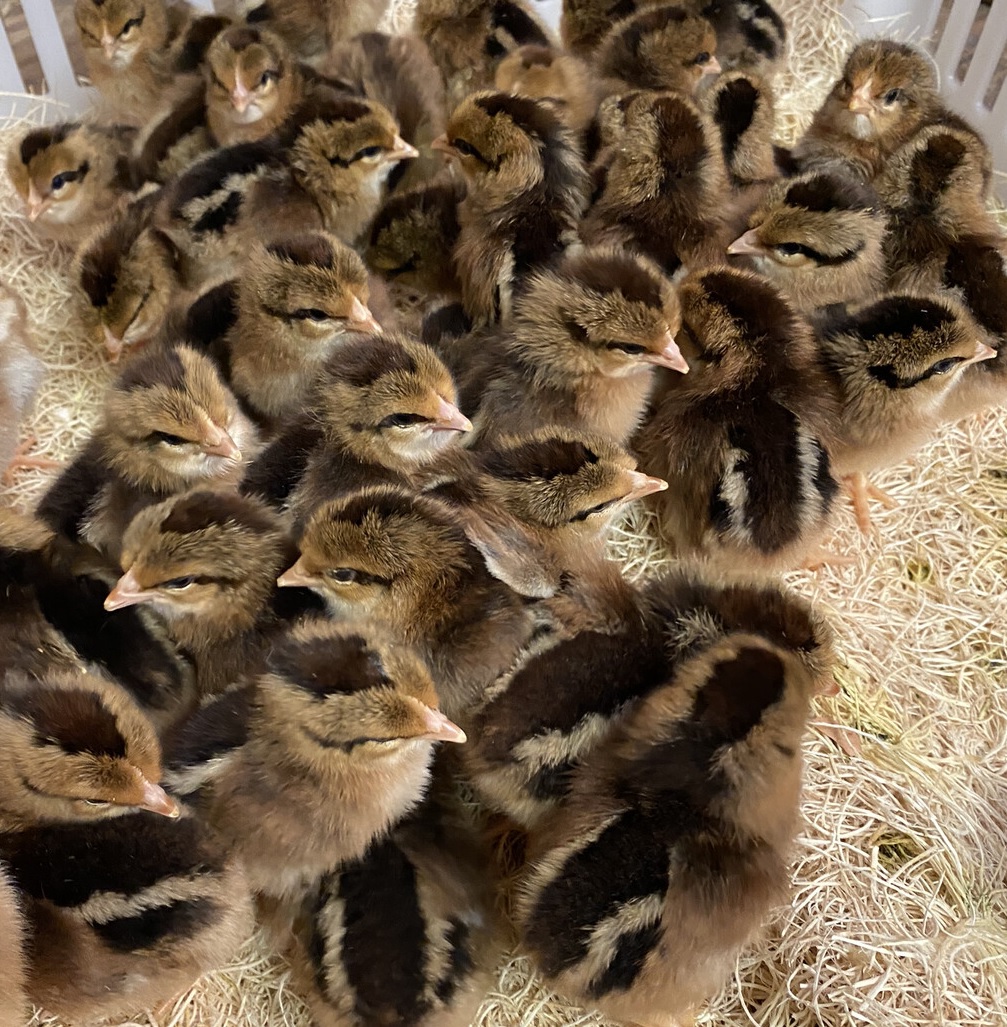


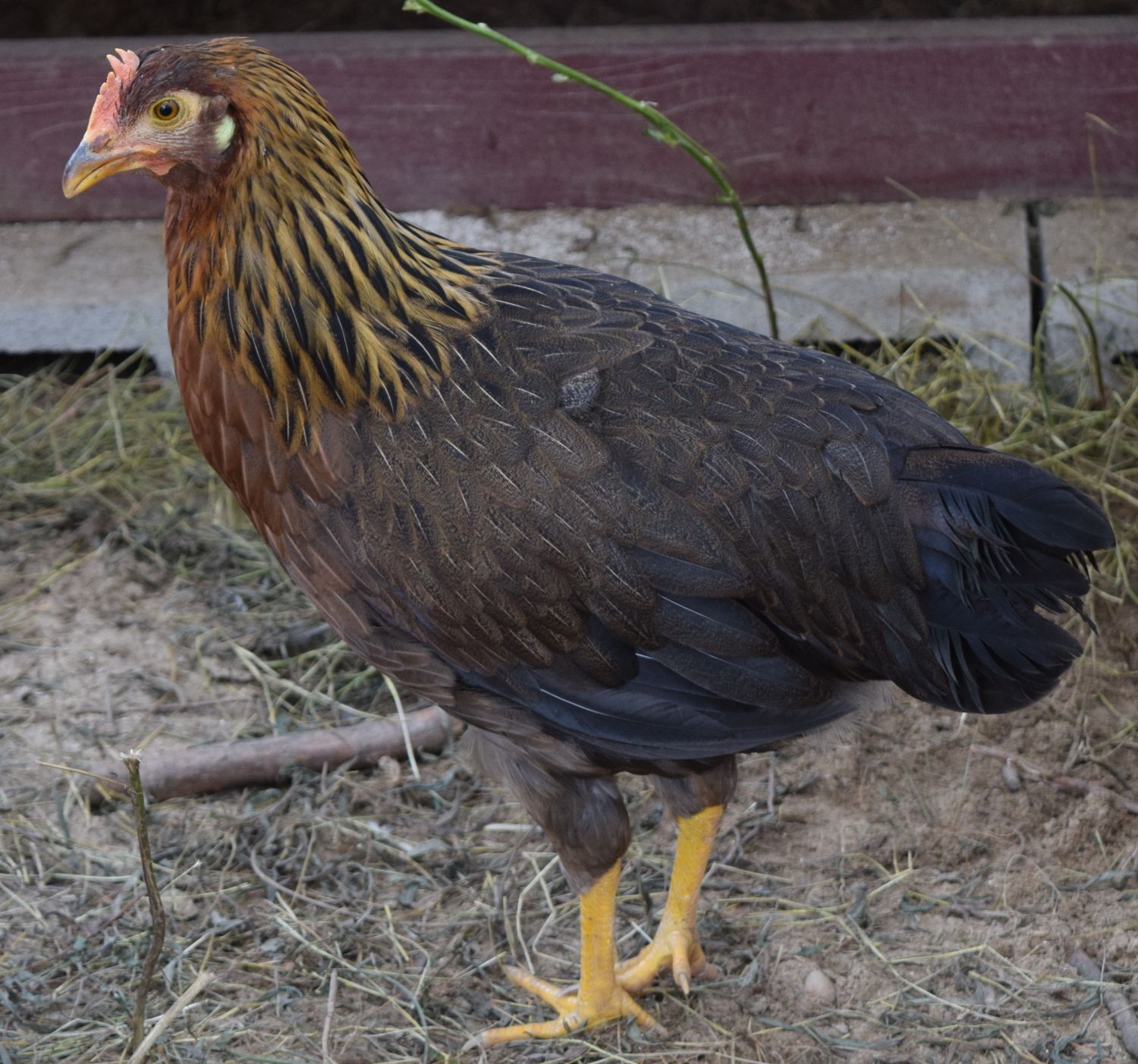




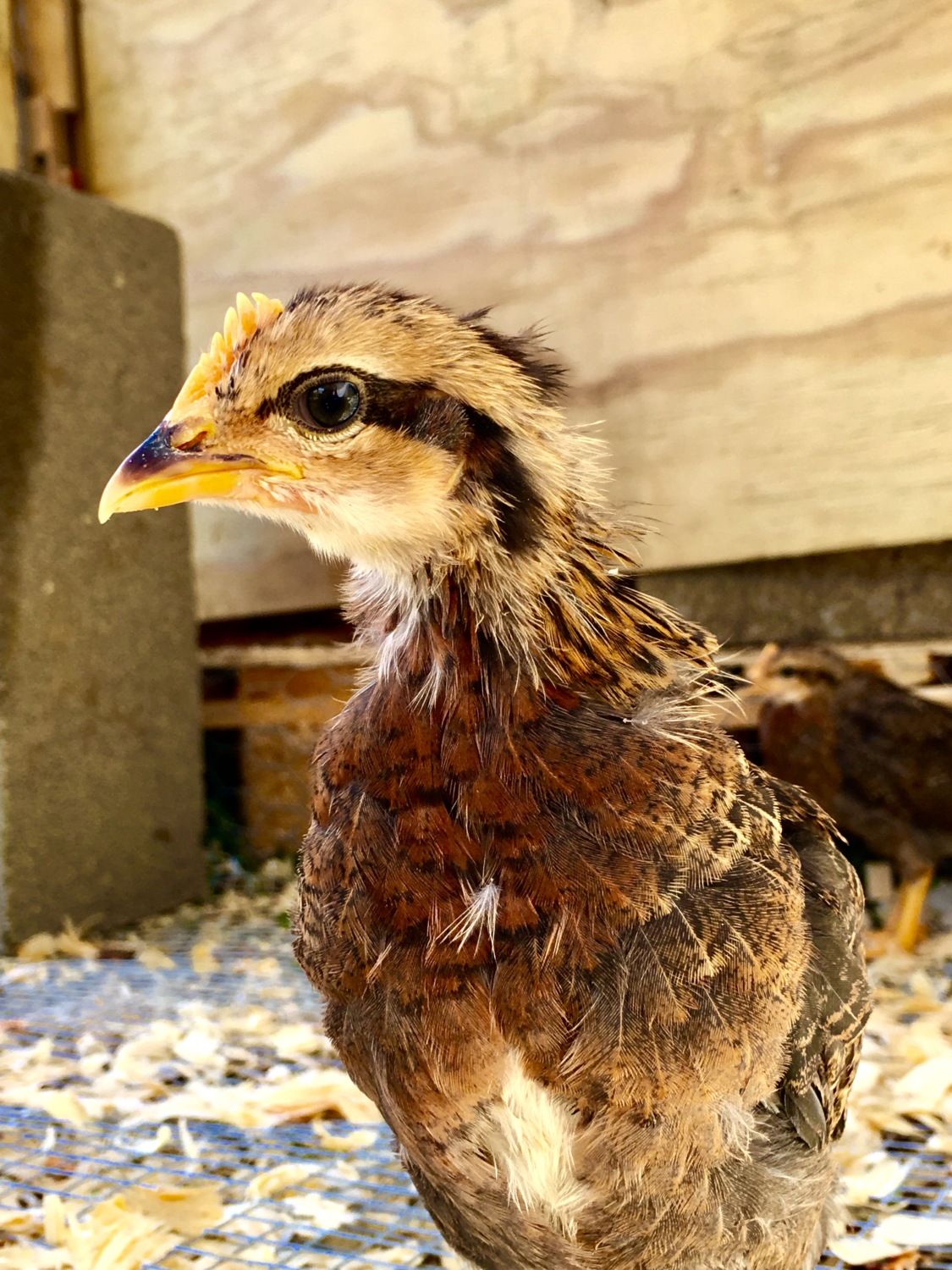
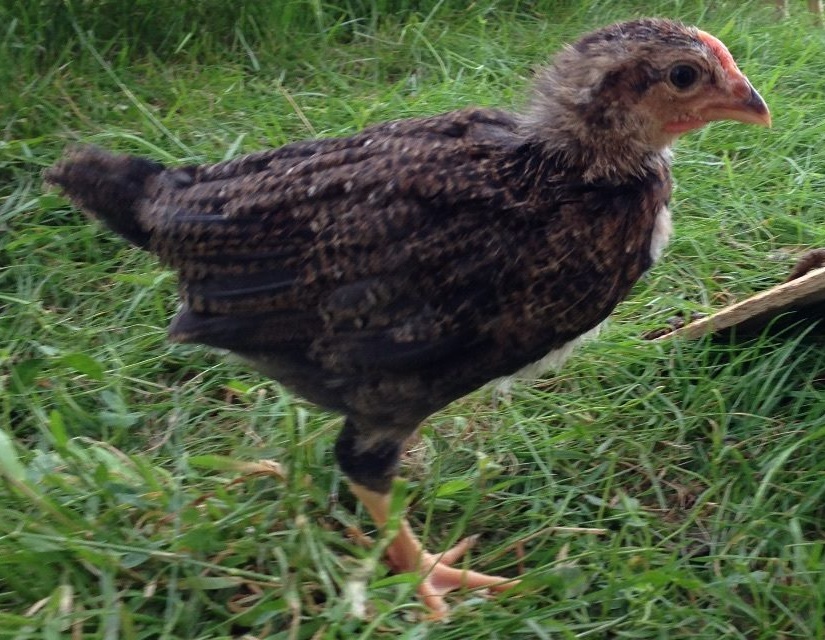


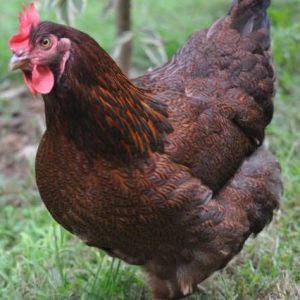
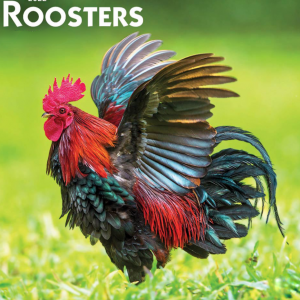
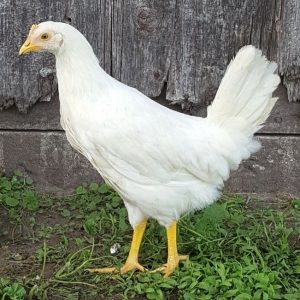
Reviews
There are no reviews yet.